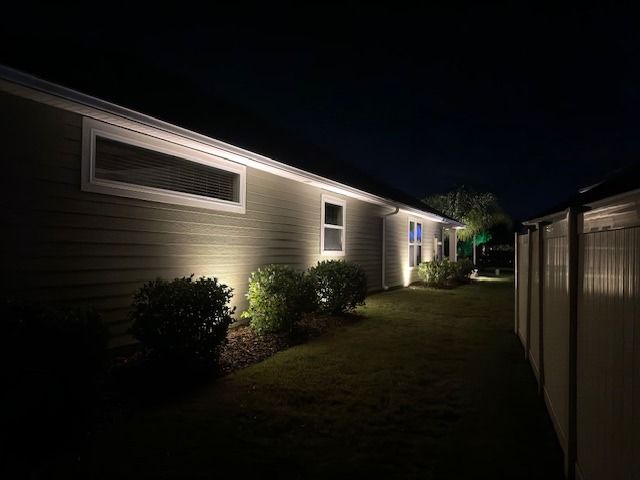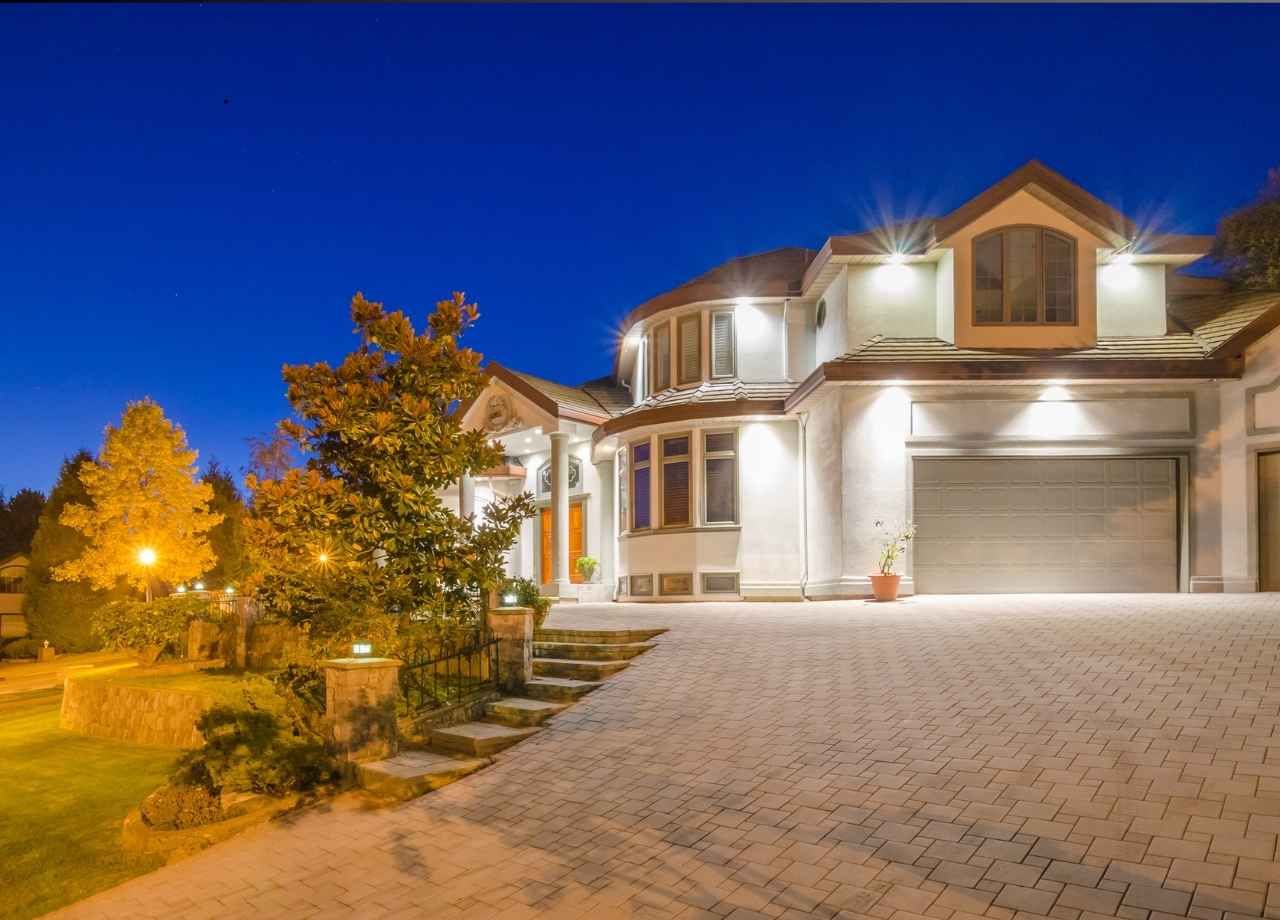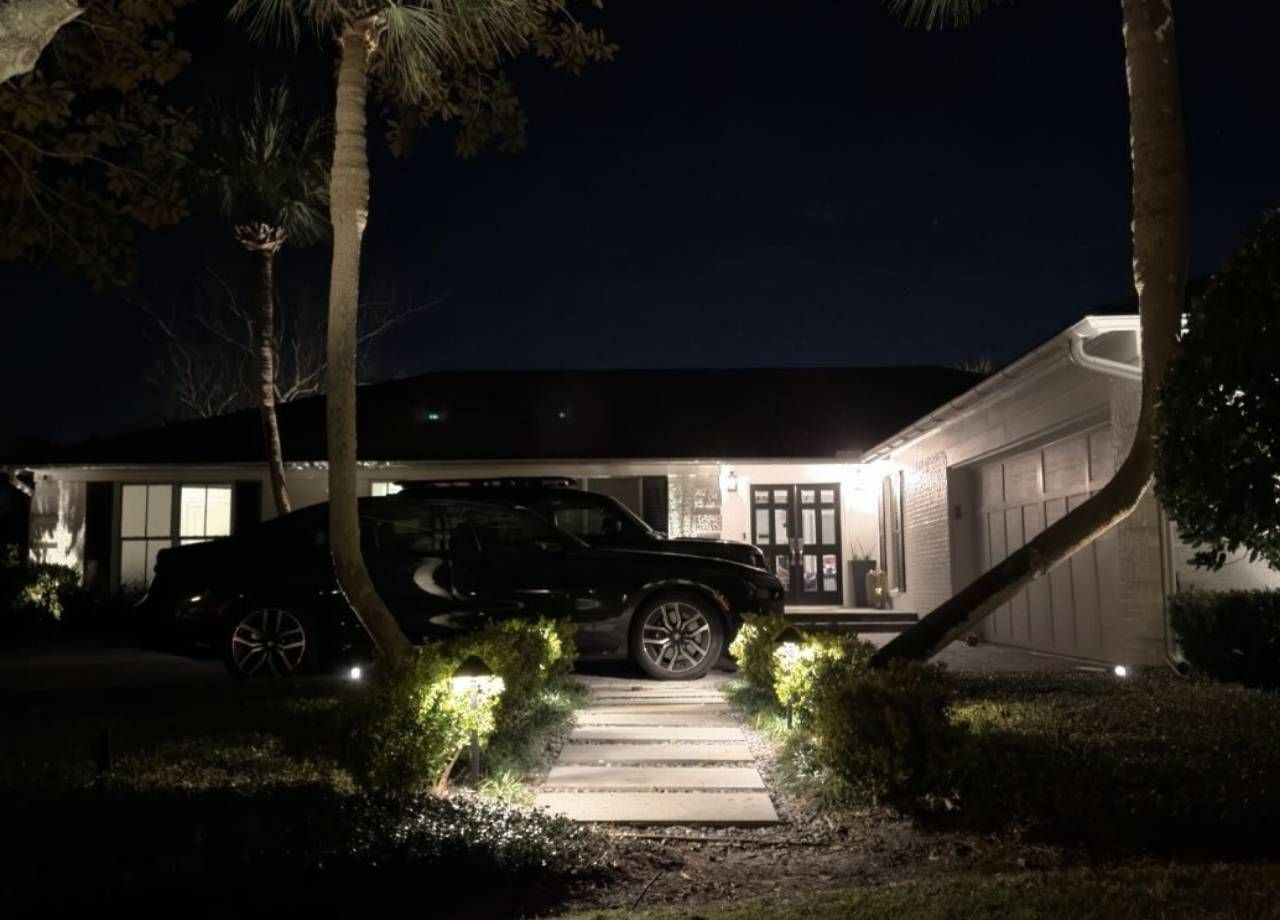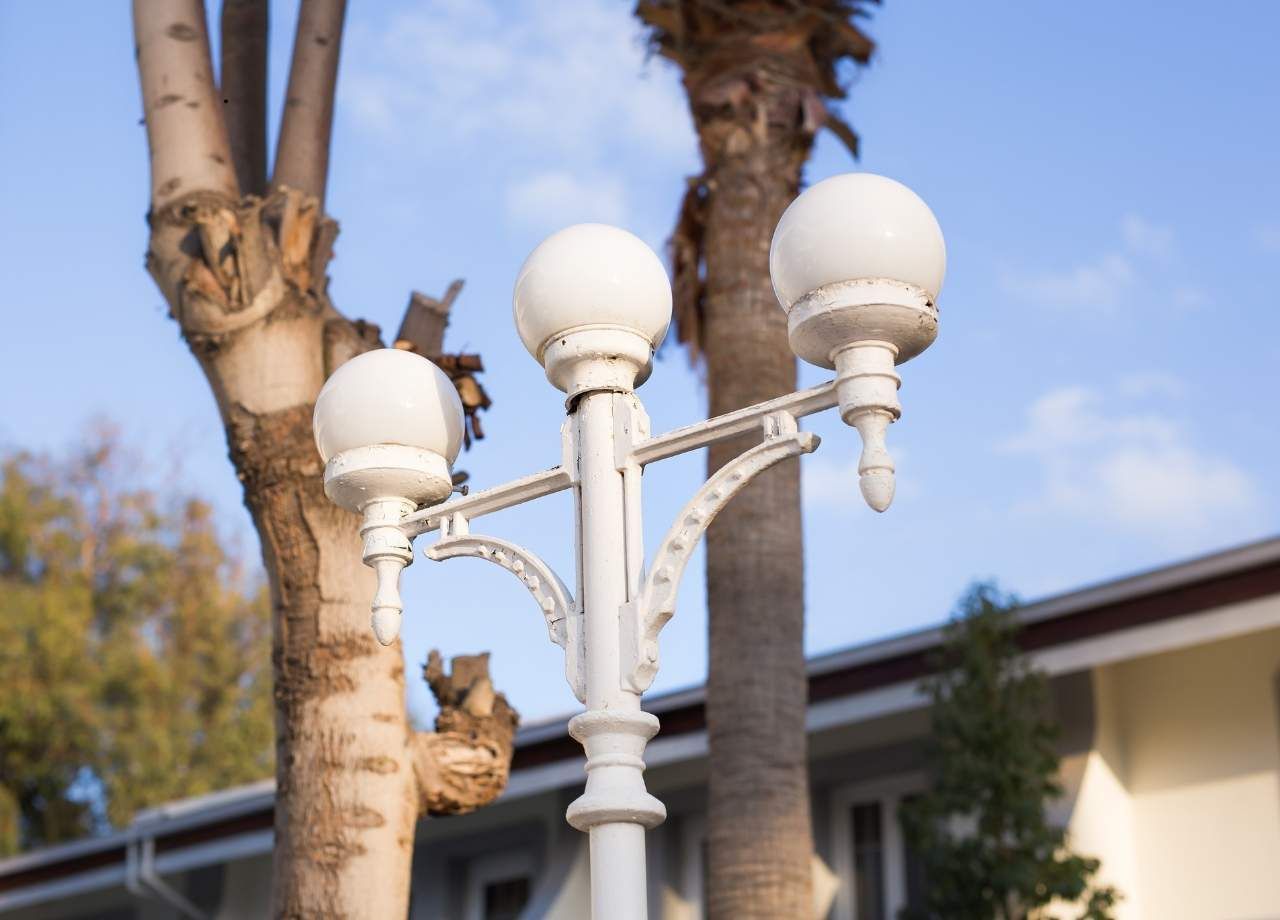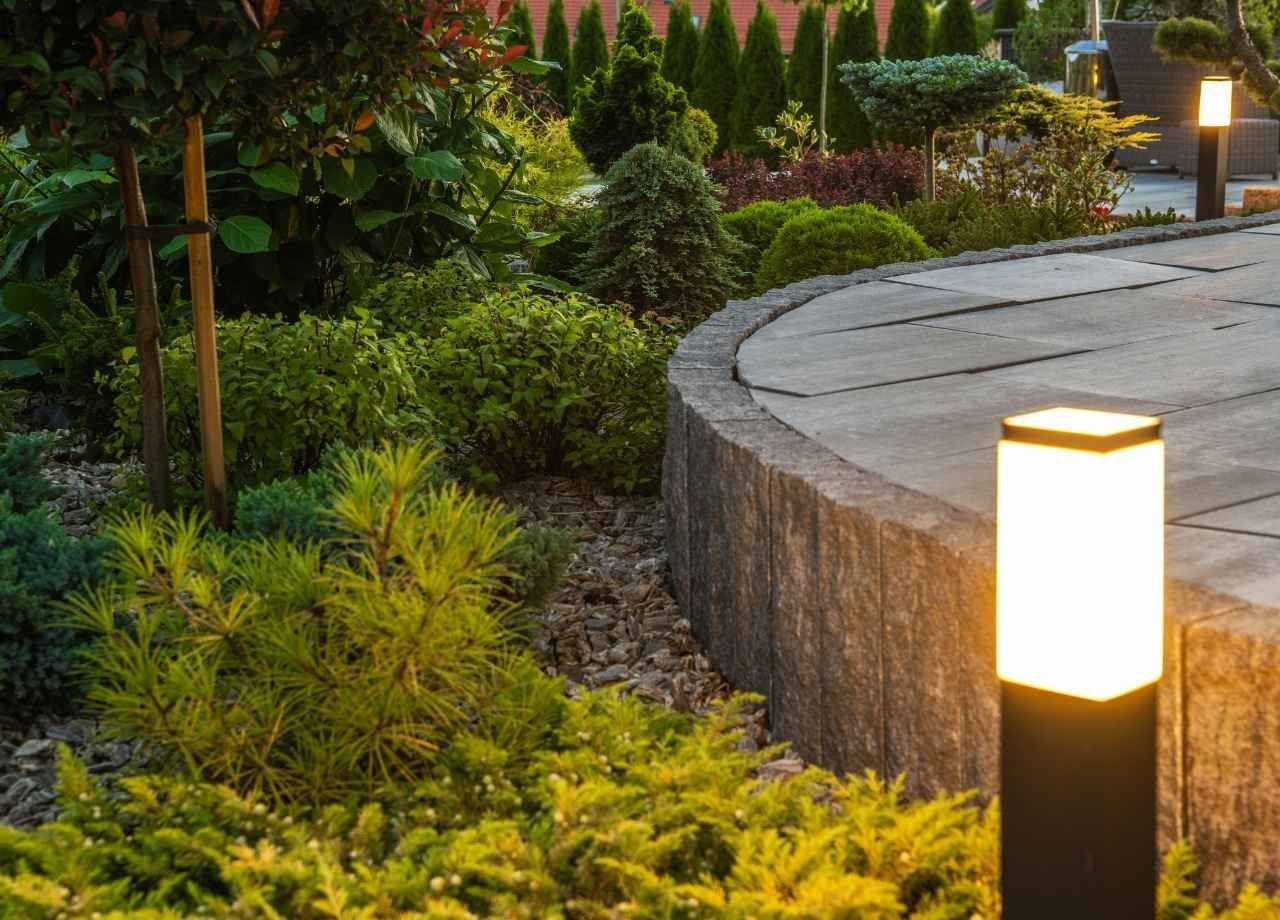Solar String Lights: Where to Use Them and How Long They Last
Solar string lights have come a long way from novelty garden decor. With better photovoltaic cells, longer-lasting batteries, and improved weather resistance, they're now a reliable choice for a wide range of outdoor lighting projects. Whether you're enhancing a backyard patio or adding ambiance to a commercial outdoor venue, solar string lights offer flexibility without the need for complicated wiring or higher electricity bills.
At Aloha Outdoor Lighting, we specialize in custom outdoor lighting designs across Jacksonville, FL, and often incorporate solar solutions for clients seeking low-maintenance and eco-conscious options. But understanding how to make the most of solar string lights—and how long you can expect them to perform—requires a closer look at placement, durability, and real-world performance.
Best Places to Use Solar String Lights
Solar string lights are versatile, but where and how you install them makes a significant difference in both aesthetics and function. One of the most important factors to consider is sun exposure. Without direct sunlight during the day, solar panels won’t charge efficiently, leading to shorter runtime or inconsistent performance at night.
Patios and decks are ideal locations because they often offer open sky access. Mounting lights along railings, pergolas, or even strung overhead between trees or poles can create a warm, inviting atmosphere for gatherings. String lights can also be used around outdoor kitchens or grilling areas to provide soft, ambient lighting that won’t overpower the space.
Garden paths and fences are another great application, especially for outlining property features. While solar path lights are often used at ground level, string lights can elevate the look by adding a vertical layer of light that visually separates walkways from landscaping features.
Commercial spaces, including cafes and event venues, are also taking advantage of solar string lighting. They work particularly well in semi-permanent installations, such as seasonal outdoor seating areas. With no need to run conduit or trench for power lines, these lights offer quick deployment and seasonal flexibility.
Considerations for Installing in Shaded Areas
Not every outdoor space gets consistent sunlight. Tree cover, architectural features, or the orientation of your property can reduce direct solar access. If you're considering solar string lights in a shaded area, it's crucial to look for models with a detached solar panel. This allows the panel to be placed several feet away in a sun-rich location, connected by a lead wire to the light string itself.
Another workaround is supplementing with battery or low-voltage lighting in zones with poor solar exposure. Hybrid systems are becoming more common, giving homeowners options for areas that don’t get enough sun to keep lights powered all night.
How Long Solar String Lights Last
There are two key questions when evaluating longevity: how long the lights stay on each night, and how many years you can expect them to operate effectively.
Most quality solar string lights can operate between 6 to 12 hours on a full charge. Runtime depends on several variables: panel size and efficiency, battery capacity, and how much sunlight the panel receives during the day. The brighter and longer the lights stay on, the more efficiently the system is working.
Daily runtime also varies seasonally. Shorter winter days and lower solar angles can reduce charging time, especially if the panel isn’t angled properly. A panel that works great in June might deliver only 70% performance in December unless adjusted for seasonal sun paths.
In terms of lifespan, solar string lights typically last anywhere from 2 to 5 years. The LED bulbs themselves can often last well over 10,000 hours, but the rechargeable batteries are usually the first component to wear out. Lithium-ion batteries tend to outperform older NiMH or NiCd models, offering better charge retention and durability through temperature swings.
Some systems allow for easy battery replacement, extending the life of the product significantly. If you're investing in solar string lights for a long-term installation, it's worth confirming that the battery compartment is accessible and that replacement batteries are readily available.
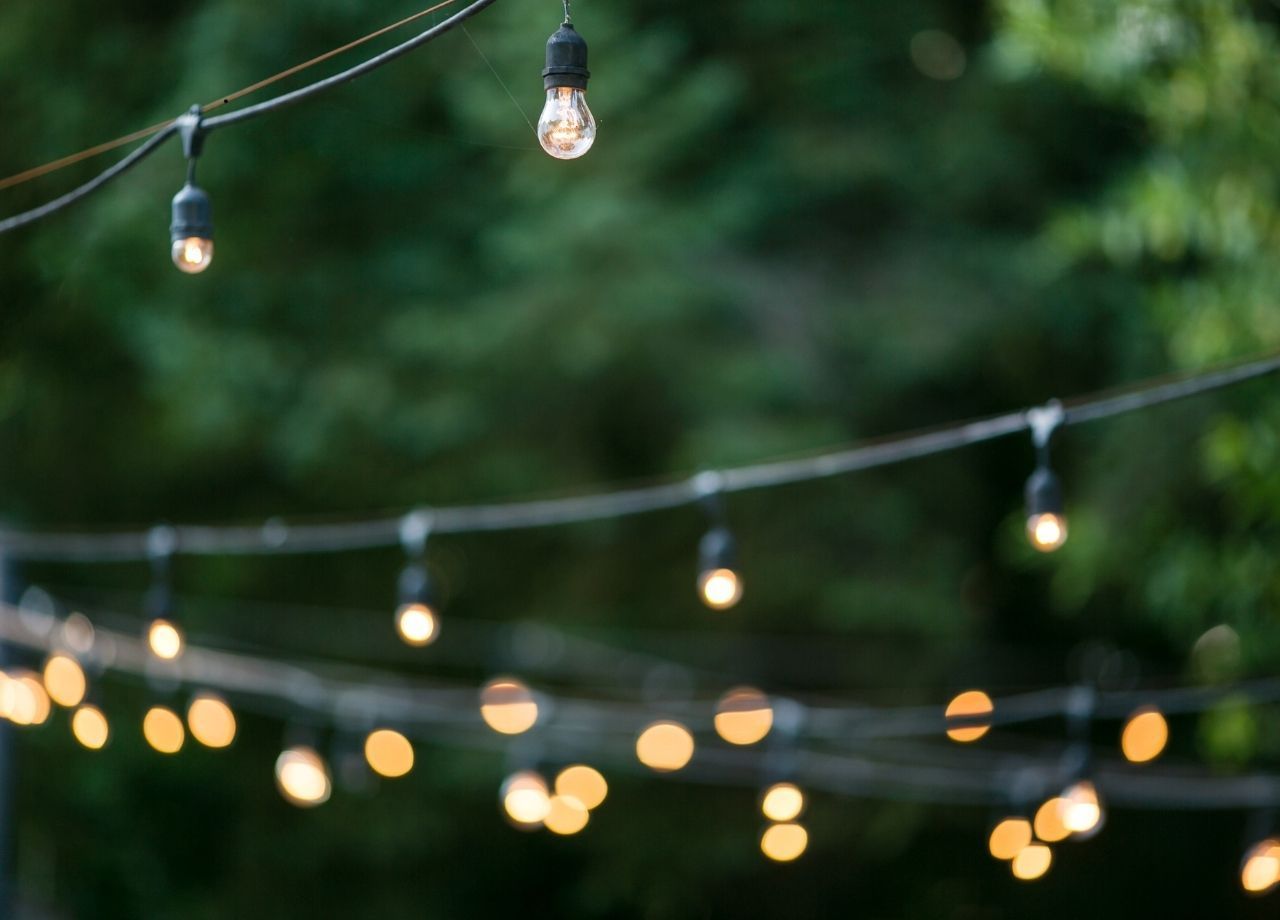
Weather Resistance and Durability
Outdoor lighting faces a constant battle with the elements. Rain, wind, dust, and UV exposure all take their toll. When choosing solar string lights, check the IP (Ingress Protection) rating. An IP65 rating, for example, indicates that the lights are fully protected from dust and can withstand jets of water, making them suitable for Florida's sudden downpours.
High-quality casing materials—such as heavy-duty plastic or sealed glass for bulbs, and corrosion-resistant brackets for mounting—also extend the life of the installation. String lights with braided or UV-resistant cables will last longer in full sun without becoming brittle or cracked.
In coastal areas like Jacksonville, salt air can accelerate wear. Choosing marine-grade or outdoor-rated components can prevent corrosion and maintain performance over time.
Maintaining Performance Over Time
Even the best systems benefit from occasional maintenance. Wiping off solar panels every few weeks can drastically improve charging efficiency, especially in areas with pollen or dust buildup. Also, inspecting wires and connections for fraying or wear ensures the system remains safe and functional.
If you notice your lights aren’t lasting as long at night, the issue is often tied to battery degradation or reduced solar exposure. Some newer solar lights come with indicators to show battery charge levels or panel efficiency, which helps with troubleshooting before performance drops significantly.
When Solar String Lights Make Sense
Solar string lights are an excellent option for spaces where hardwiring is difficult or where aesthetics demand a clean, cable-free look. They make sense for temporary setups, rental properties, or anywhere the goal is low-maintenance, atmospheric lighting without a major investment in infrastructure.
They also work well alongside hardwired systems. At Aloha Outdoor Lighting, we often blend solar features with low-voltage designs to give clients flexibility and coverage in different zones of the property. This hybrid approach balances reliability with sustainability, especially in large or diverse outdoor spaces.
Final Thoughts
When installed in the right location and maintained properly, solar string lights can offer years of dependable, cost-free lighting. Choosing the right system based on sun exposure, battery type, and durability will make all the difference. With smarter panel designs and better battery tech, these lights are no longer just decorative accents—they’re practical solutions for real-world lighting needs.
Whether you're lighting a residential patio or adding charm to a commercial space, solar string lights deserve a closer look. Just make sure you're choosing quality components and placing them where they can truly shine.

